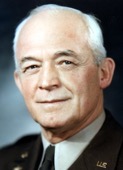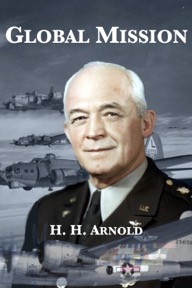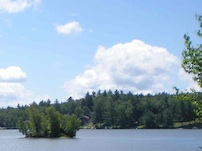
In 1912 Arnold went to Fort Riley, Kansas, as an aerial observer of Field Artillery firing. He then worked in the Office of the Chief Signal Officer in Washington. As a captain, he was later assigned to the new flying school in San Diego. In 1917 Arnold organized an air service in Panama, which he commanded until May 1917. As the US entered World War I, he was called back to Washington, promoted to major and then to full colonel in 1917, in charge of Information Service in the Aviation Division of the Signal Corps. Arnold became assistant executive officer and in 1918 assistant director of the newly formed Office of Military Aeronautics. He went to France in November 1918 at war’s end on an inspection tour of aviation activities. In 1919 he became supervisor of the Air Service at Coronado, California, and air officer of the 9th Corps Area at the Presidio in San Francisco.
In 1920 Arnold went back to captain’s grade, but soon was promoted to major, where he remained until 1931. In 1922-24 he was commanding officer of Rockwell Field, California. He graduated from the Army Industrial College in 1925 and became chief of the Information Division in the Office of the Chief of the Air Corps. He went next to Fort Riley, Kansas, where he commanded Air Corps troops at Marshall Field until 1928. In June 1929 he completed the Command and General Staff School at Fort Leavenworth and was assigned as commanding officer of the air depot at Fairfield, Ohio.
Arnold was promoted to lieutenant colonel in 1931 as commanding officer of March Field, California. In 1934 he organized and led a flight of 10 Martin B-10 bombers in a round-trip record flight from Washington, DC to Fairbanks, Alaska, for which he received his second Mackay Trophy. In 1935 Arnold was jumped two grades to brigadier general and put in command of the 1st Wing of General Headquarters Air Force at March Field. He was gaining a reputation as a bomber man, having encouraged development of the B-17 Flying Fortress and B-24 Liberator four-engine planes, and the precision training of crew members. In January 1936 he became assistant to the chief of the Air Corps in Washington and on September 29, 1938 was promoted to major general and appointed chief of the Air Corps.
His title became chief of the Army Air Forces on June 30, 1941, and that December he got a third star. When the War Department General Staff was organized in March 1942 Arnold became commanding general of Army Air Forces, directing during World War II global US air activities against Germany and Japan, growing the US air arm from 22,000 officers and men to 2,500,000 and from 3,900 planes to 75,000. He was a member of the US Joint Chiefs of Staff and of the Combined Chiefs of Staff with the British. In March 1943 he received his fourth star. He suffered a heart attack in 1945, attributed by his doctors to overwork. He retired in 1946, after earning multiple US and foreign decorations including three Distinguished Service crosses, the Distinguished Flying Cross, and decorations from Morocco, Brazil, Yugoslavia, Peru, Mexico, France and Great Britain. In 1949, Congress changed the designation of Arnold’s final rank to five-star general of the Air Force, the first such commission ever granted.
Click on the cover for details about the eBook:




